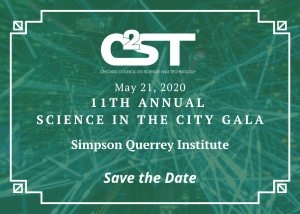STEM Ask & Learn February 2020
As a part of our ongoing initiative to introduce students to STEM professionals from a wide variety of backgrounds, Horizon Therapeutics and The Chicago Council on Science and Technology visited Perspectives Math and Science Academy to talk to students about college and entering STEM fields. Watch the interview here and check for a new video each month.
Learn more about our partners:
